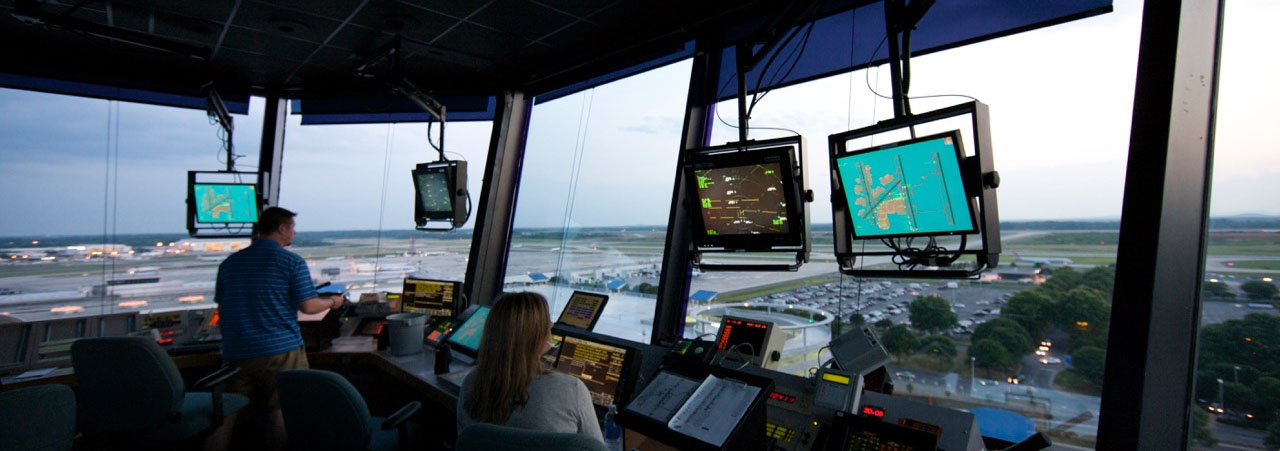General
Air Traffic Controller Qualifications

Every minute, every hour, every day, there are men and women working to ensure the safety and efficiency of our national airspace system.
This elite group of more than 14,000 FAA air traffic control specialists provide a vital public service to guide pilots, their planes and 2.7 million daily passengers from taxi to takeoff, through the air and back safely on the
AIG Funding Reallocation (AFR) Program
As part of the Infrastructure Investment and Jobs Act, the Airport Infrastructure Grant (AIG) program provides $15 billion in funding over five years starting in FY2022. This initiative aims to enhance airport infrastructure across the country, ensuring that our aviation facilities are equipped to meet growing demands and operational challenges.
Don Young Alaska Aviation Safety Initiative
The FAA has partnered with the flying community to conduct a comprehensive examination of safety issues specific to the challenges of flying in Alaska. The *Don Young Alaska Aviation Safety Initiative (DYAASI) team has developed a comprehensive blueprint for increasing aviation safety in Alaska through the management, improvement, and implementation of new and current initiatives.
FAA Aviation Safety Outreach
The intent is to provide the public with the following information:
Federal Interagency Committee on Aviation Noise (FICAN)
About FICAN
Background
In 1992, the Federal Interagency Committee on Noise (FICON) published its findings in a report entitled Federal Agency Review of Selected Airport Noise Analysis Issues (FICON, 1992). FICON recommended that “a standing federal interagency committee should be established to assist agencies in providing adequate forums for discussion of public and private sector proposals, identifying needed research, and in encouraging the conduct of research and development in these areas”.
Flight Risk Assessment Tool (FRAT) - FAA Safety Team
Given that every flight carries some degree of risk, it's vital for pilots to distinguish beforehand between low-risk and high-risk flights, establish a review process, and formulate strategies for risk mitigation. A FRAT facilitates proactive hazard recognition, is user-friendly, and provides a visual representation of risk levels. It serves as an essential aid in assisting pilots with informed go/no-go decisions and ought to be incorporated into every flight's planning process.



